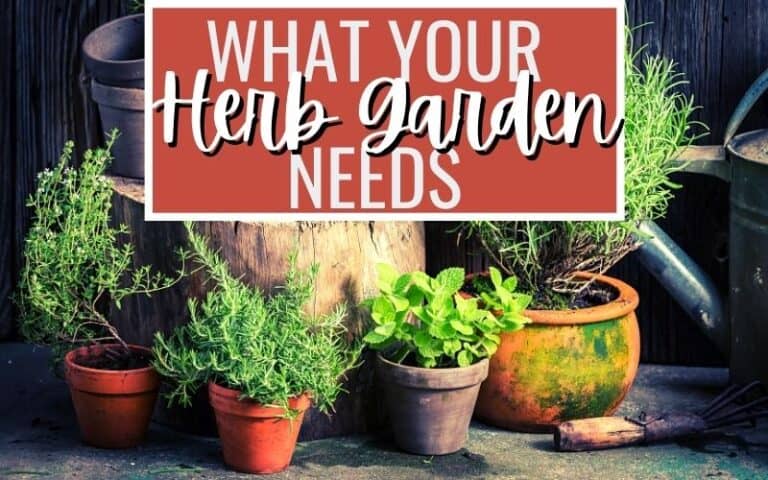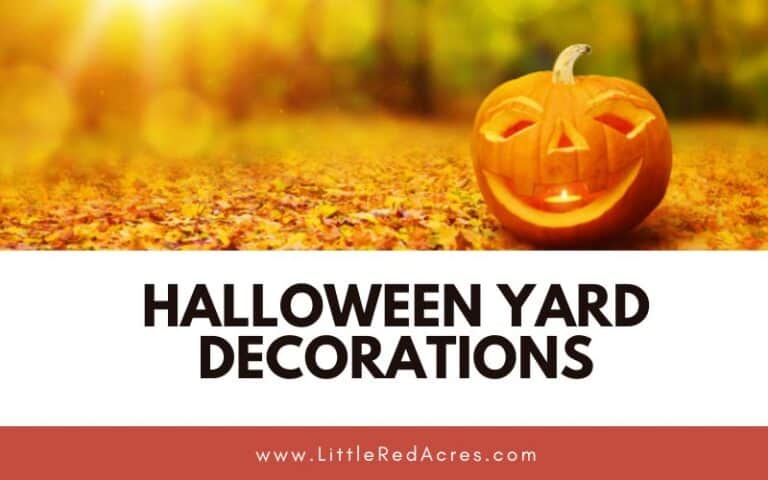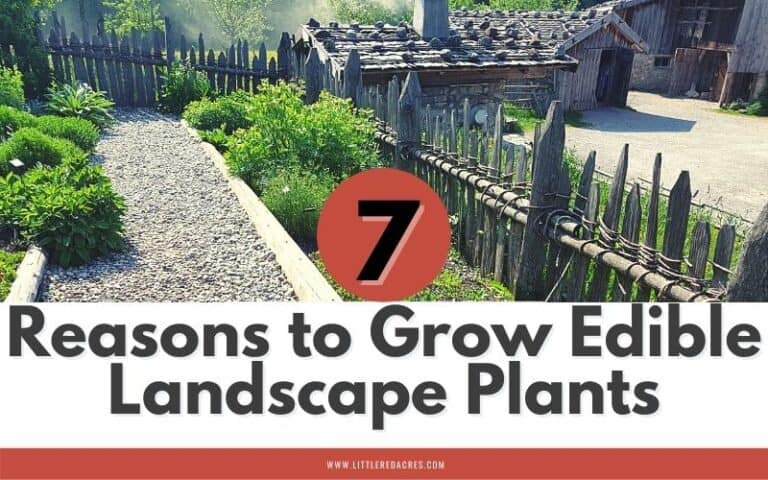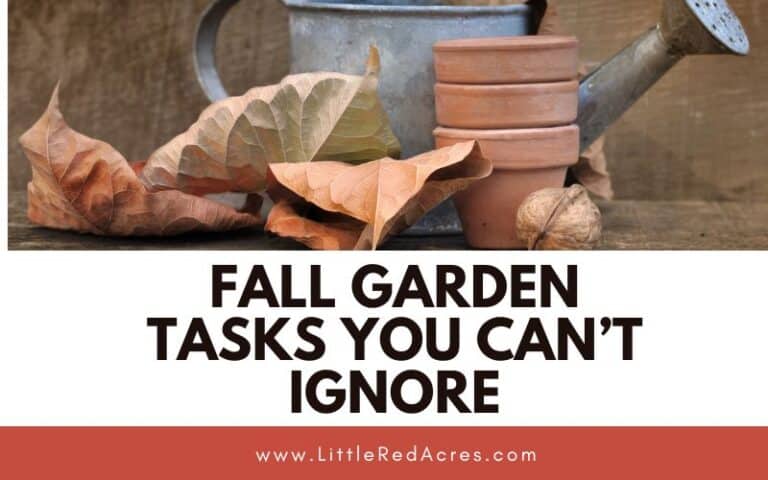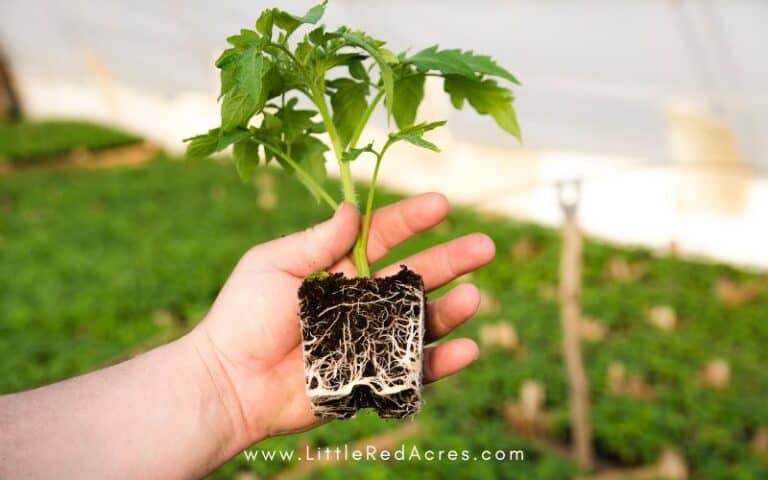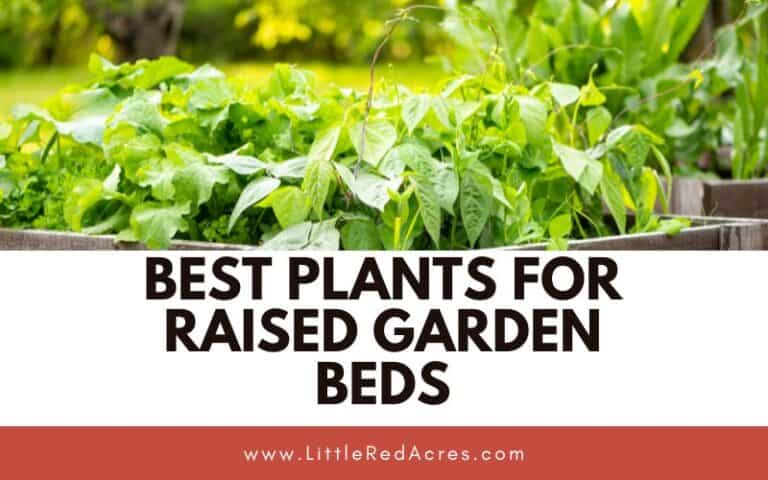Reusing Plastic Pots for Planting
Inside: Reusing plastic pots can be an excellent way to save money, reduce waste, and help the environment, it's easy to clean them up for planting.
Reusing plastic pots can be an excellent way to save money, reduce waste, and help the environment. As the demand for plants increases, more and more people are looking for ways to grow their plants without spending a fortune on plastic pots and containers.
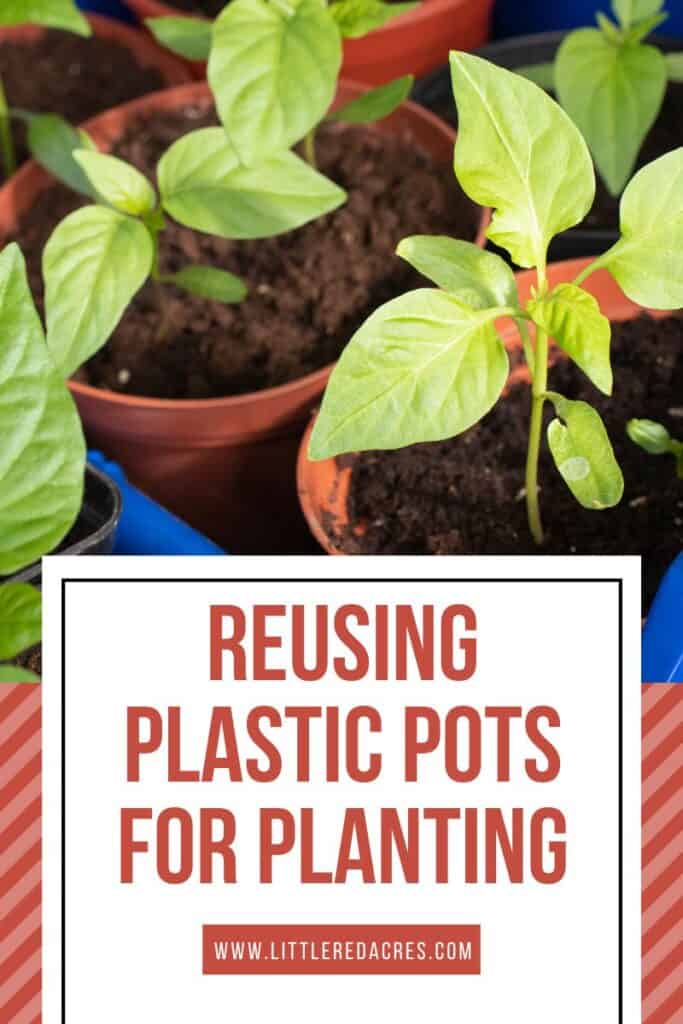
This post may contain affiliate links, see my disclosure policy for more information.
Reusing Plastic Pots for Planting
With just a few simple steps and a little bit of creativity, you can repurpose plastic pots and containers into pots for your plants.
By reusing plastic pots for planting, you’ll not only be helping the environment by reducing your waste, but you’ll also be saving money. You want to do this all before you plan on starting seeds so you have everything ready to go when you are ready.
Get updates & freebies delivered to your inbox!
Check for Damage
Check your plastic pots and trays for cracks, holes, or other damage. Do this before you take the time to clean them. There is no point in cleaning what you can't use.
Damage can happen without you realizing it during the off-season. We store ours under our basement stairs. Sometimes things fall down the stairs and land on the pots, or something gets kicked under the stairs into them. It happens.
Disinfecting Plant Containers
Thoroughly clean and dry the pots before reusing you can easily do this by disinfecting the pots by soaking them in a solution of one-part bleach and 9 parts water for 10 minutes. With just soaking, you are going to lift most of the dirt that is stuck to them. Use a softer scrub brush to scrub away any dirt left sticking to them.
Rinse with clear water and dry. I recommend letting them air dry because I am all about working smarter, not harder, and not doing things I don't have to.
Now you're ready to start your new seeds and plants.
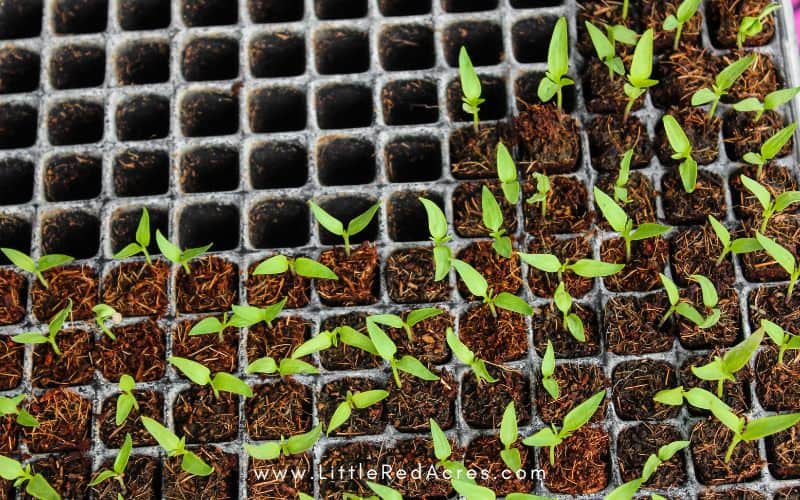
How to Disinfect Plant Pots Without Bleach
A chemical-free way to sterilize plant pots is with vinegar.
Use a solution of one part vinegar to one part water. Spray your pots all over with the vinegar solution and let them sit for up to 30 minutes. After soaking, allow your pots to air dry thoroughly in the sun before using or storing them.
You can also use these methods to clean your gardening tools before the gardening season starts.
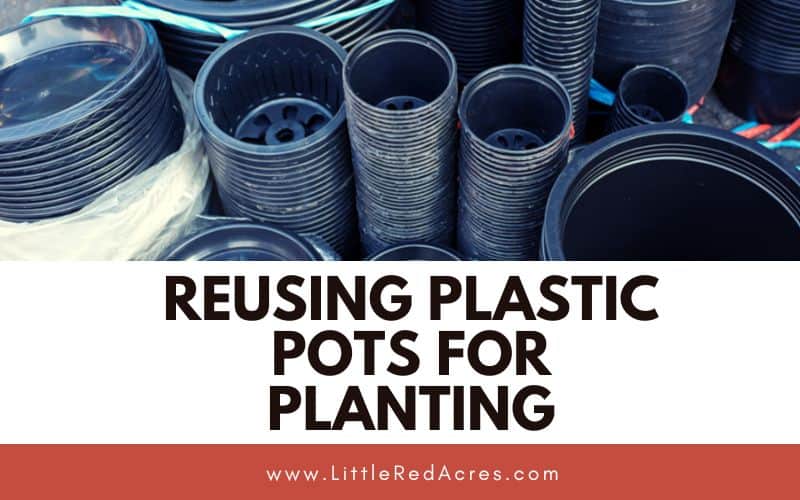
Is it safe to reuse plant pots?
Reusing plastic plant pots in the garden is not only environmentally friendly, but it can save you money which is, in large part, why we garden and grow food. Or at least why I do it for our family.
As long as you clean your plant pots there is no reason why it wouldn't be safe for you to reuse them. The reason behind cleaning them is to prevent any mold or disease from transferring from the pots to your seeds or seedlings.
There is no need to buy new every year. I buy plants every year, and I save those nursery pots to reuse in the years to come. So those 7 blueberry plants and 7 shrubs that I bought last year? That means I have 14 “new” pots to use this year.
You’ve heard the old saying that “an ounce of prevention is worth a pound of cure”. That’s certainly true in the garden. By preventing infections from spreading from your containers to plants due to dirty tools, you’re helping your plants stay healthy and infection-free. And a healthy garden is a happy garden, and a happy healthy garden is going to produce better this year.
Frequently Asked Questions
Can plastic plant pots be reused? Reusing old pots is a great way to reduce plastic waste but they need to be disinfected before they are used again.
Is it OK to use plastic pots for plants? Plastic does not have the wicking action that clay has making them an excellent choice for moisture-loving plants or for those gardeners who water infrequently.
How long can you keep plants in plastic pots? Most houseplants can stay in their original pots for at least a year or more. Check your plants at least once a year to check for signs of being rootbound, or if the soil needs to be replenished.

Want More?
Get the Most Out of Indoor Seed Starting
Ultimate Guide to Starting Seeds

